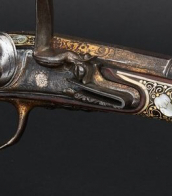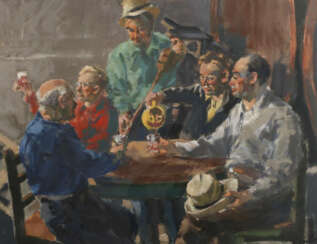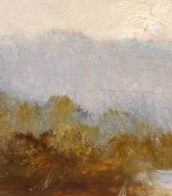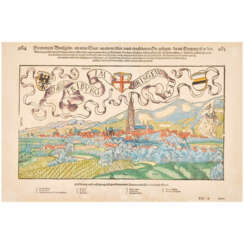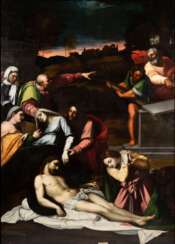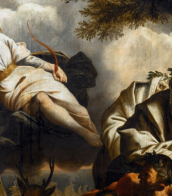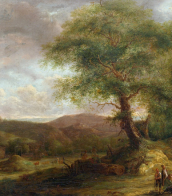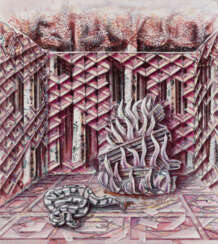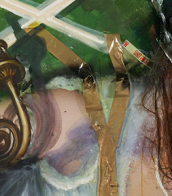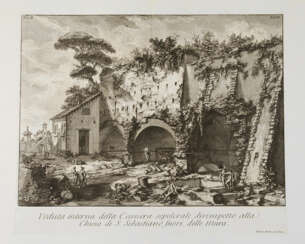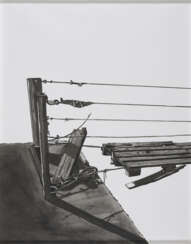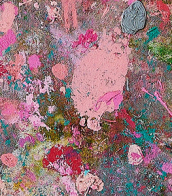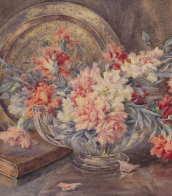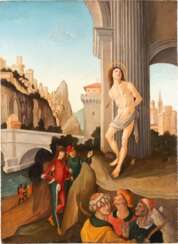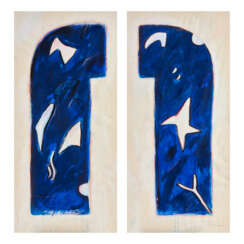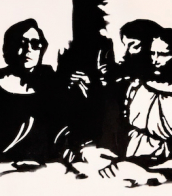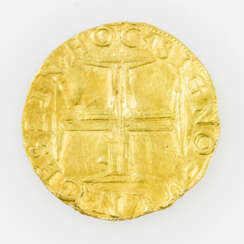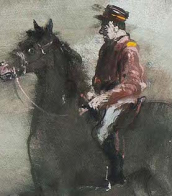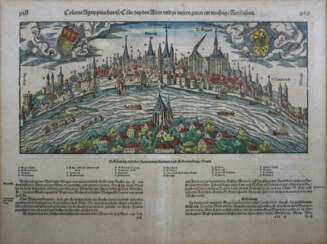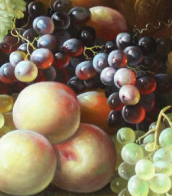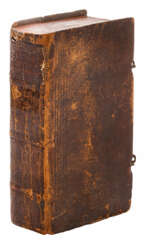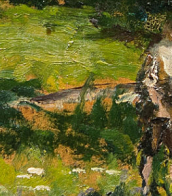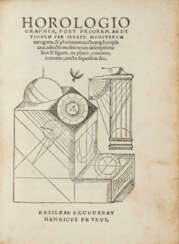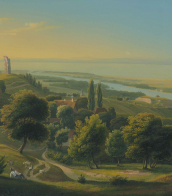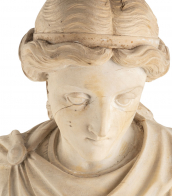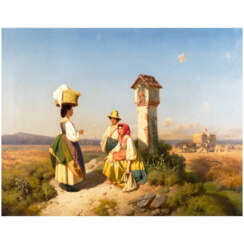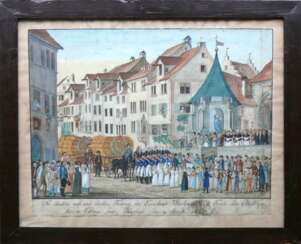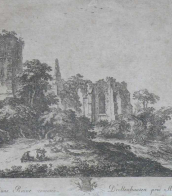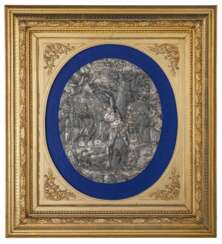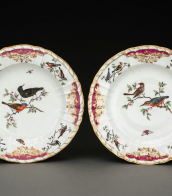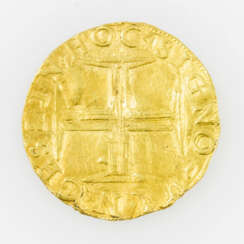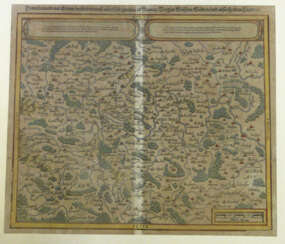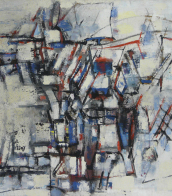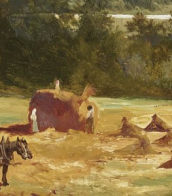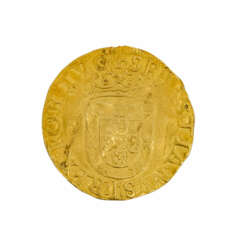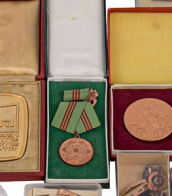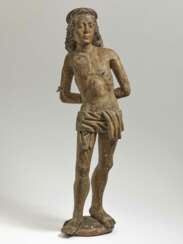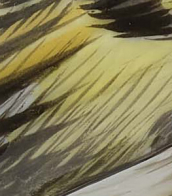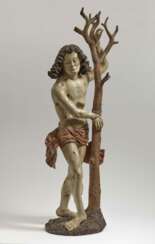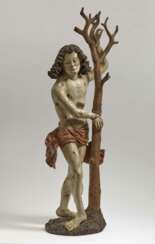sebastian leicht
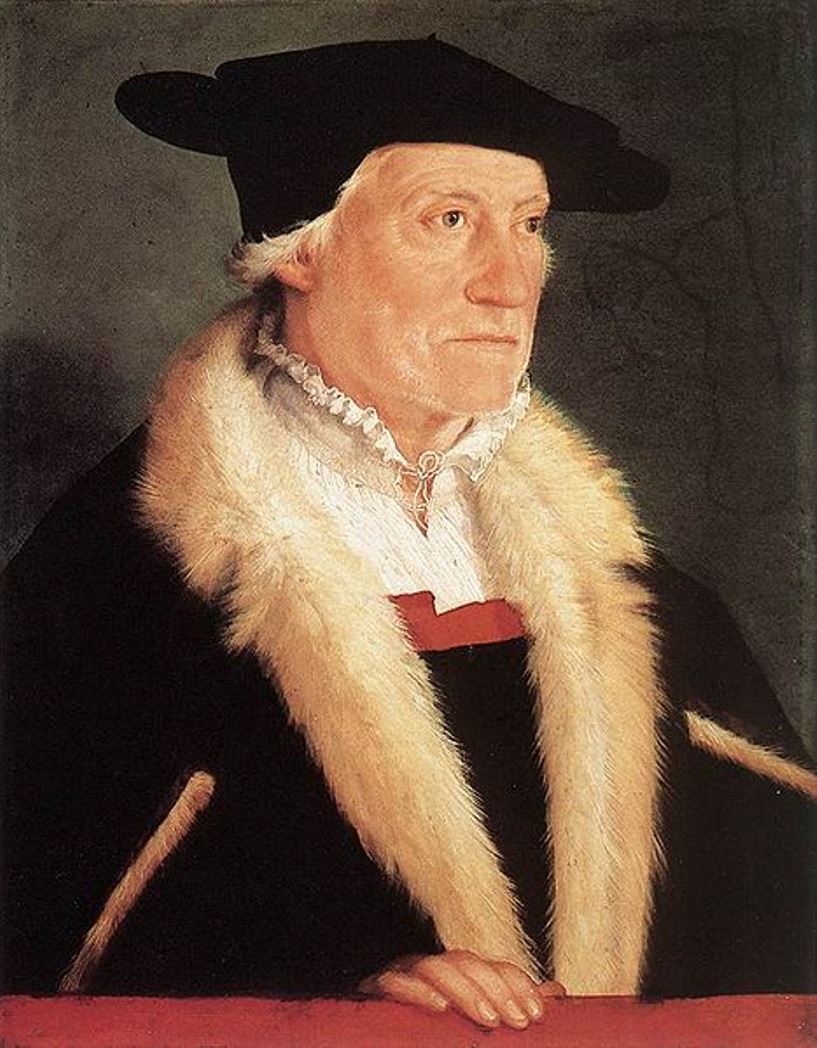
Sebastian Münster was a German Renaissance scholar, cartographer and cosmographer, historian and linguist-translator.
Münster studied at the University of Tübingen and later taught at the Universities of Basel and Heidelberg. He published several editions of Hebrew grammars and translations from that language, and was the first German to produce an edition of the Hebrew Bible.
In 1544 Münster published his Cosmographia, which was the earliest description of the history, geography, and organization of the world in German. This book was a great success, translated into many European languages and reprinted more than twenty times. "Cosmographia" contained many illustrations and geographical maps of the continents of the world, created by the best engravers of the time.
Among his other works were the "Trilingual Dictionary" (1530) in Latin, Greek, and Hebrew and the "Map of Europe" (1536).
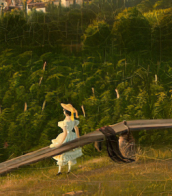
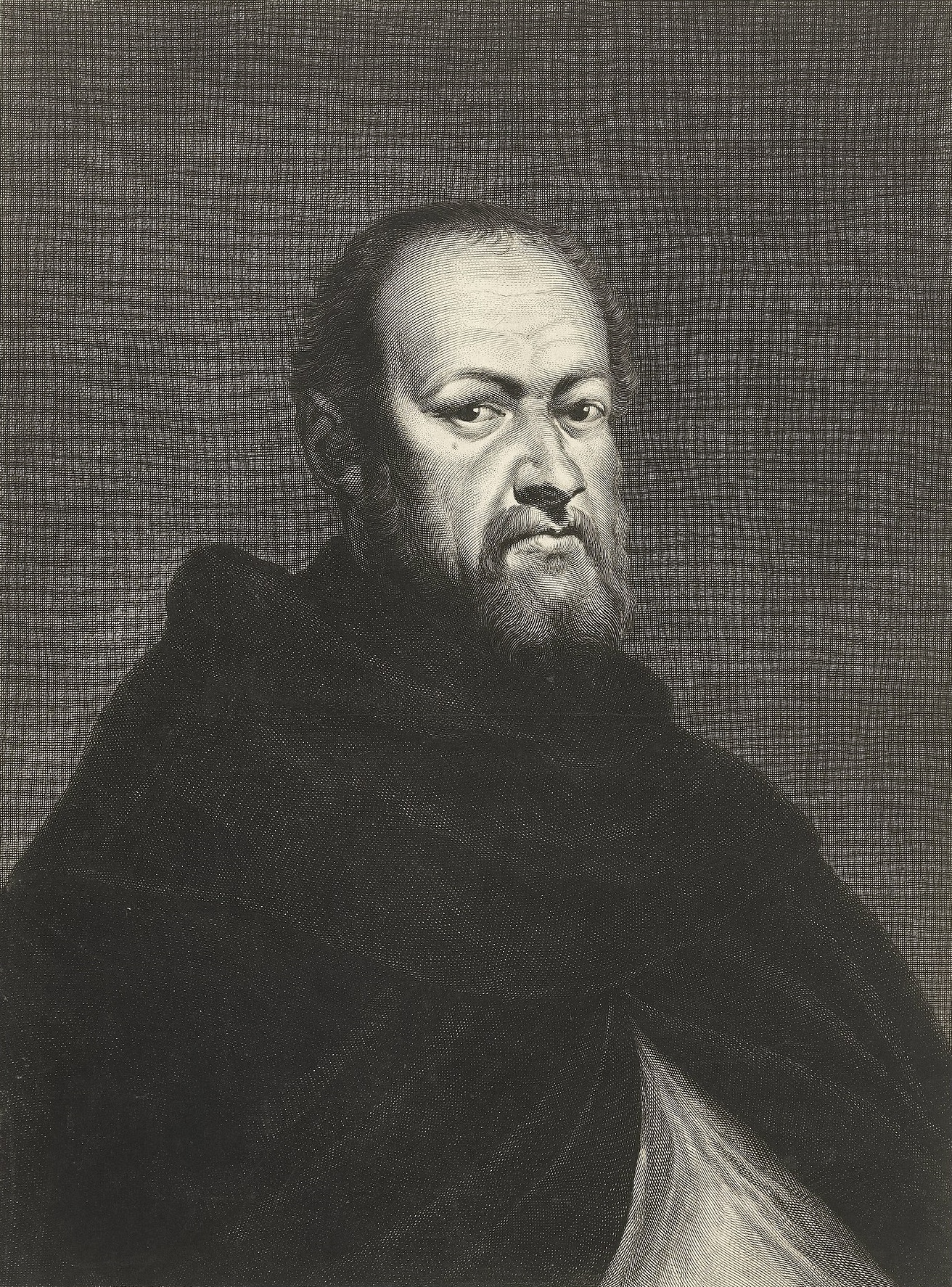
Sebastiano del Piombo was an Italian painter of the High Renaissance and early Mannerist periods famous as the only major artist of the period to combine the colouring of the Venetian school in which he was trained with the monumental forms of the Roman school. He belongs both to the painting school of his native city, Venice, where he made significant contributions before he left for Rome in 1511, and that of Rome, where he stayed for the rest of his life, and whose style he thoroughly adopted.
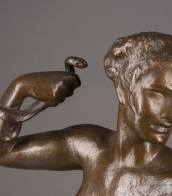
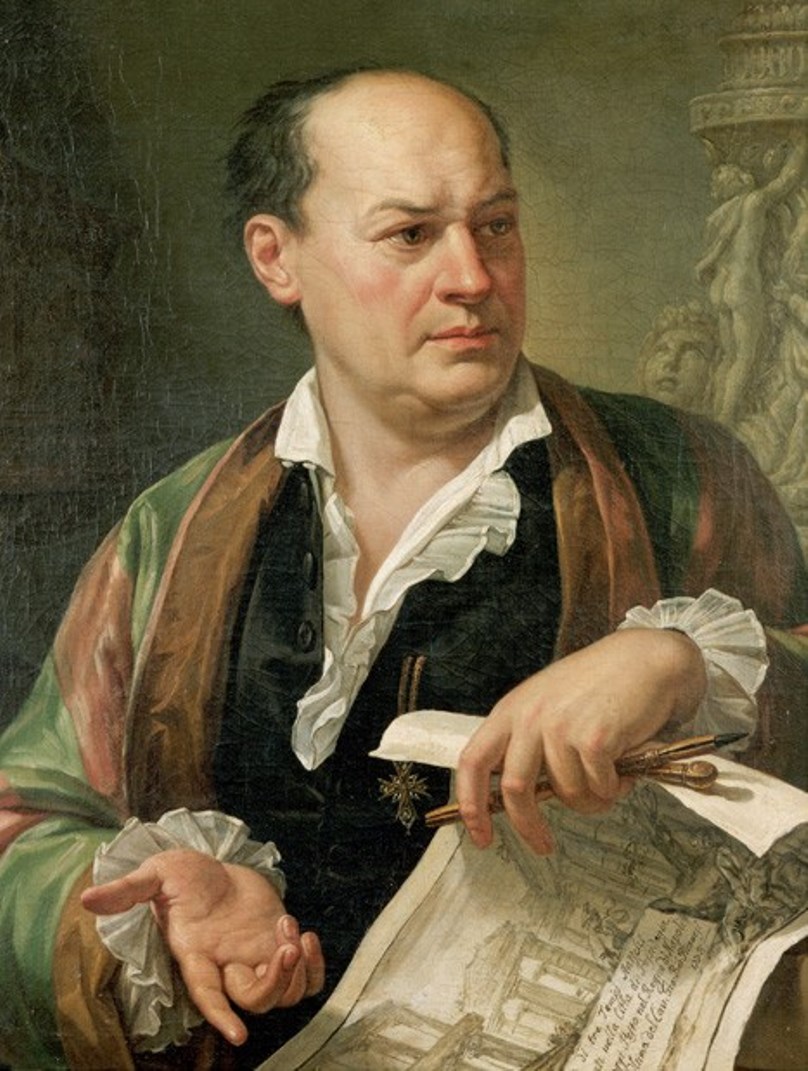
Giovanni Battista Piranesi was an 18th-century Italian painter, engraver, architect, and archaeologist who represented Neoclassicism and Romanticism. He was famous for creating a lot of original etchings with images of antique architecture monuments.
Giovanni Piranesi created hundreds of drawings and drafts in which he depicted the reconstructed ruins of ancient Roman buildings. His works are still used as teaching aids in the education of architectural students in many prestigious European universities. Piranesi periodically printed voluminous books with dozens of his own engravings depicting modified ancient architectural masterpieces - "graphic fantasies". His works were in demand among professional architects, who borrowed Piranesi's original ideas for their designs.
The peak of Piranesi's career came in the 1760s when, in recognition of his merits, he became an honorary member of the Guild of St. Luke and received from the Pope the title of Knight of the Golden Spur.
More than 700 of the master's original etchings have survived, printed in scholarly works.
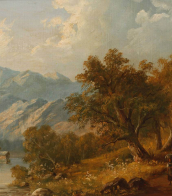

Melozzo da Forlì, an influential Italian Early Renaissance painter and architect, is celebrated for his pioneering work in the realm of fresco painting and his remarkable use of foreshortening, a technique that gives the illusion of depth in a two-dimensional space. Born on June 8, 1438, in Forlì, Italy, Melozzo was a leading figure in the art world of his time, leaving an indelible mark on the Renaissance culture and art landscape.
His tenure in Rome, from around 1472-74, was particularly fruitful, marking a period where he created some of his most notable works. The fresco "Sixtus IV Appointing Platina as Librarian of the Vatican Library," completed in 1477 and now housed in the Pinacoteca Vaticana, stands as a testament to his mastery of perspective and architectural representation. Melozzo's work in the Basilica dei Santi Apostoli in Rome, particularly the fresco depicting the Ascension of Christ, is another significant contribution, showcasing his ability to portray figures with dynamic realism and depth.
Throughout his career, Melozzo also engaged in architectural design and was involved in the construction of Palazzo Altemps for Girolamo Riario in Rome, demonstrating his versatile talent beyond painting. His influence extended to his pupils, notably Marco Palmezzano, and his style and techniques continued to inspire future generations, including Raphael and Michelangelo.
Melozzo's legacy is characterized by his contributions to the development of pictorial art, especially his innovative use of perspective and foreshortening. Although many of his works have been lost or damaged over time, those that survive continue to be studied and admired for their artistic and technical prowess. His final years were spent in his hometown of Forlì, where he died on November 8, 1494, leaving behind a body of work that continues to be celebrated for its influence on the Renaissance art movement.
For collectors and experts in art and antiques, Melozzo da Forlì's work represents a pivotal moment in the history of Renaissance art, embodying the transition towards more dynamic and realistic representations. If you're keen on exploring the contributions of this remarkable artist further, consider signing up for updates related to Melozzo da Forlì. This subscription will keep you informed about new product sales and auction events, offering a unique opportunity to connect with the rich heritage of Renaissance art and culture.

